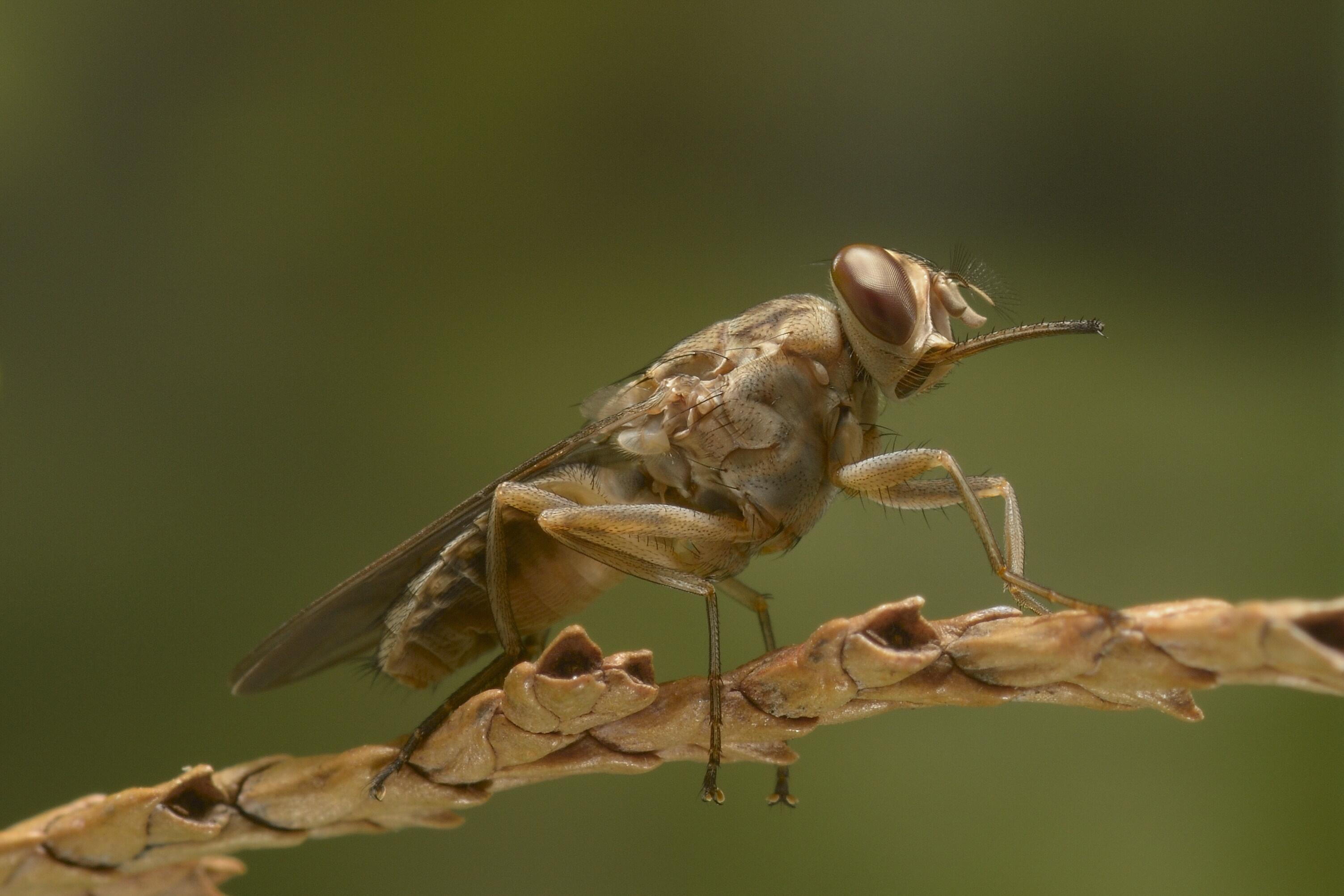
PIs: Steve Torr
PDRAs: Johan Esterhuizen, Andrew Hope, Jenny Lord, Richard Selby, Inaki Tirados
Technician: Jessica Lingley
PhD students: Lucas Cunningham, Rachel Hopper, Ben Abong’o, Aislinn Currie-Jordan
Tsetse flies transmit various species of Trypanosoma which cause sleeping sickness (human African trypanosomiasis, HAT) in humans and animal African trypanosomiasis (AAT) in livestock. Our research ranges from basic studies of tsetse biology through the development of new methods of tsetse control to the large-scale application and evaluation of new vector control tools.
Human African trypanosomiasis exists in two forms. In East and Southern Africa, ‘savannah’ species of tsetse transmit T. brucei rhodesiense which causes Rhodesian HAT, a zoonotic form of the disease often associated with wilderness areas. In Central and West Africa, ‘riverine’ tsetse transmit T. b. gambiense which causes Gambian HAT, the anthroponotic form of the disease. Our group is currently carrying out research on savannah and riverine tsetse in seven countries across sub-Saharan Africa.